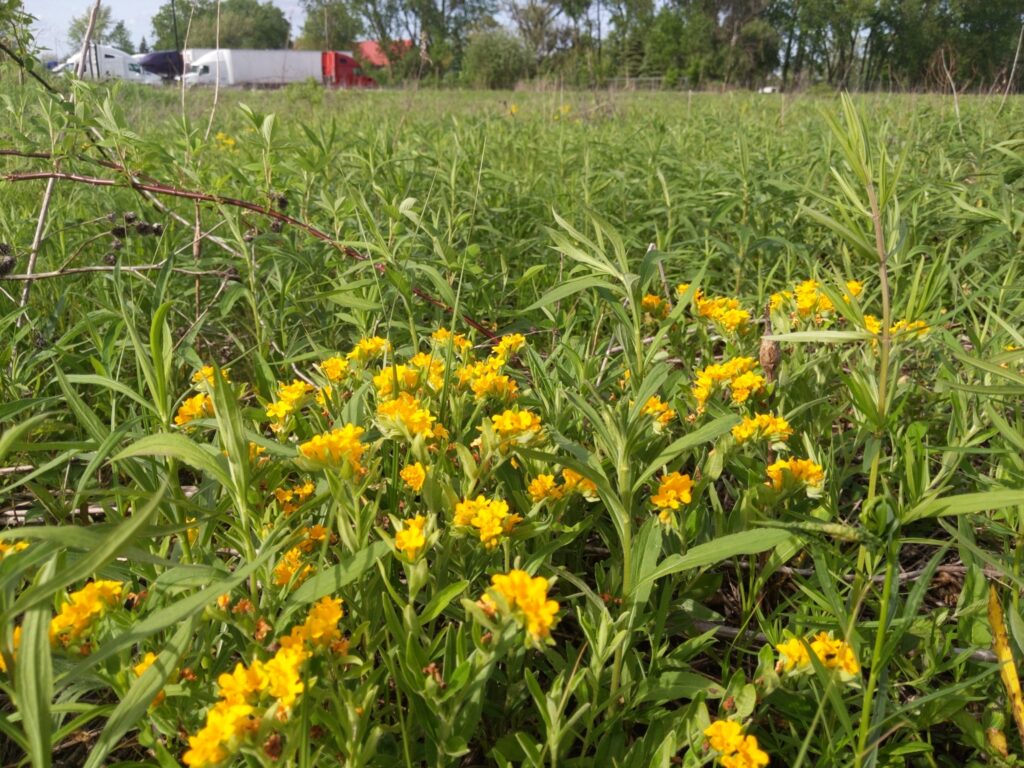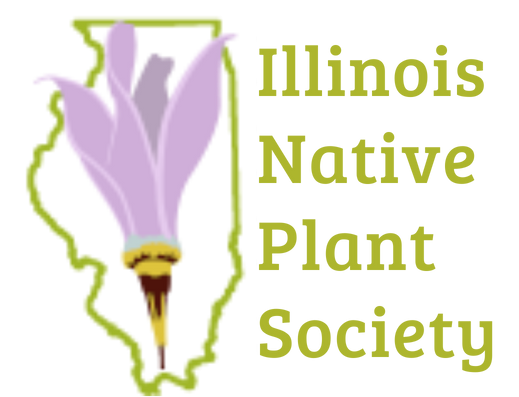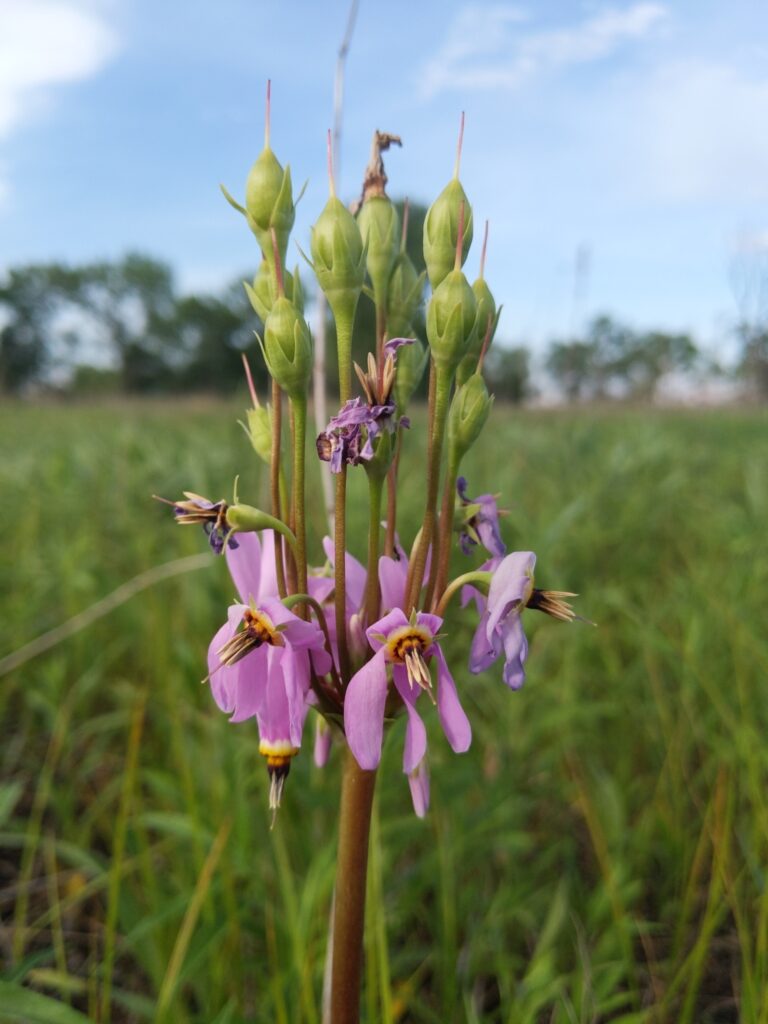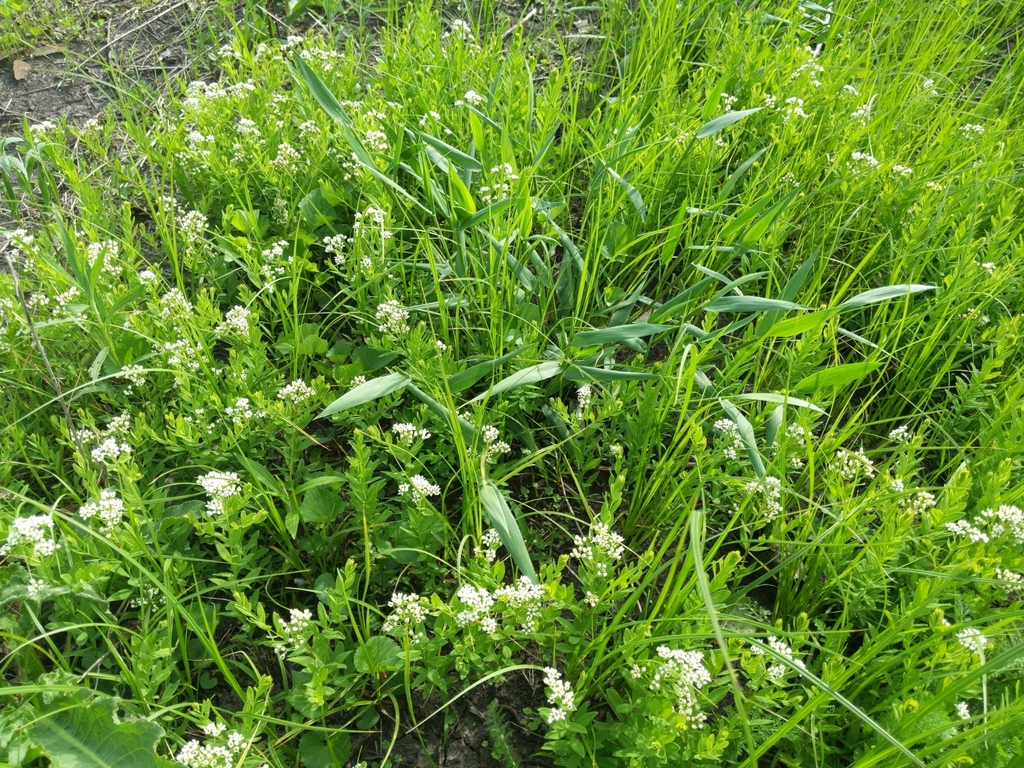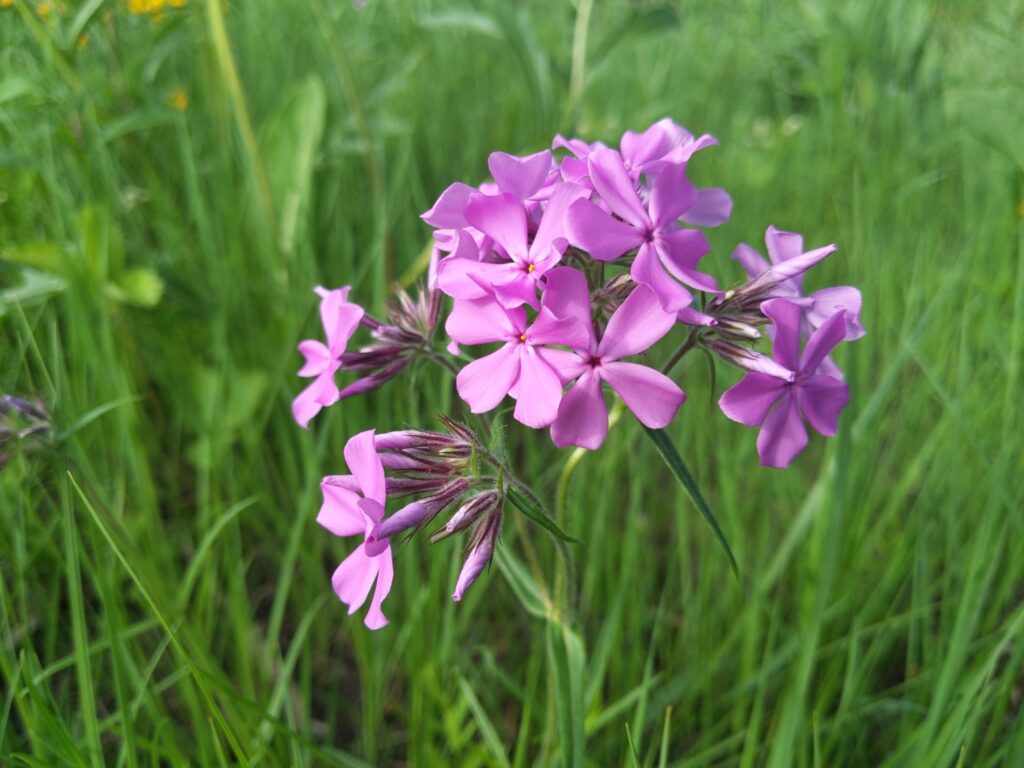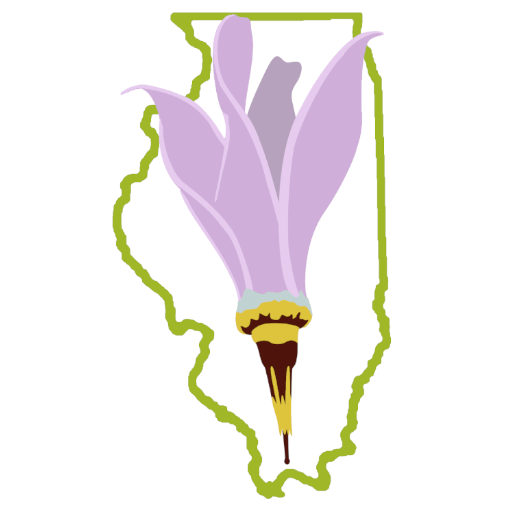Recollections of Prairie Discovery
When my parents moved to Northbrook in 1951, the entire area between Crabtree Lane and Dundee Road was prairie and unchanneled west fork of the north branch of the Chicago River (except for a handful of houses on the north side of Crabtree Lane near Western Ave). Many natural prairie areas that had never been farmed still existed in the 1950s, but they were disappearing to residential development (which was the fate of the prairie surrounding the home my parents built). For a couple years before houses were built, I enjoyed the prairie and the west fork. The species I remember were mostly animals: meadow larks, snapping turtles, pheasant and massasauga. The only plant I specifically remember was Echinocystis lobata, wild cucumber, but I became familiar with many prairie plants without attaching names to them.
In the 1960s, people noticed there were few preserved prairies in the ‘prairie’ state and the Peacock Prairie in Glenview and the Goose Lake Prairie in Grundy Co. were the first prairies preserved (in the late 1960s) because they were prairies. Some prairies were preserved in Forest Preserves of Cook County holdings because they were part of large blocks of land the FPCC favored for purchase.
I was in graduate school in the late 60s and visited marvelous railroad prairies near Paxton and Gifford, IL as relaxation from research. (The 1973 oil embargo resulted in conversion to farmland of the mile of abandoned railroad prairie east of Gifford.)
In the 1980s, I was biking a lot. In 1983 I became volunteer steward of Cranberry Slough for the Volunteer Stewardship Network of The Nature Conservancy. On bike trips from my home in Oak Park to Cranberry, I ‘discovered’ some remnants. (Travelling at the speed of a bicycle allows for greater discovery of surroundings than at automobile speeds.) One was a dolomite prairie in a forest preserve (Theodore Stone Forest Preserve). Another was a truck parking lot the next time I rode by. The best was at 77th & Harlem mesic prairie. Shooting star, Michigan lily and white wild indigo were among the more attractive species. I took 2×2 slide pictures of plants and scenes. I told my colleague, Dr. Albert Rouffa, Director of the University of Illinois at Chicago’s prairie in Glenview (nee Peacock). Dr. Rouffa talked to the local prairie expert Dr. Betz and the two of them visited the Harlem prairie. They encouraged the Illinois Department of Natural Resources biologist, Bill Glass, to consider it for acquisition. I was told the location made the land too expensive per acre for the IDNR to be interested in acquisition even though it was a quality remnant prairie.
About one year later, I rode by and was distraught to see giant earth moving equipment tearing up the drive-in and the south end of the prairie. I took pictures. I can’t recall what role, if any, I played in contacting the US EPA, but somehow they learned I had pictures of the prairie. From the EPA I learned that Rich Hyerczyk (who independently knew about this remnant) also had pictures. Our pictures were used in a wetland destruction suit that was won by the EPA. I was told by Carlson (sorry, his first name has not been recalled) of EPA that the fine paid by the developer was the largest collected by the Chicago office and that the remaining prairie would be permanently protected. Not sure of year, but it was probably 1988.
The remnant site extends from Harlem on the west to Sayre Ave on the east. Access is from south border over a berm presumably created in developing a storm water retention pond which is the southeast border. I have been told the Village of Bridgeview is the owner. Unlike some ‘saved’ sites, this site, which I guess should be called the Bridgeview Prairie, is well managed and has stayed high quality. Lou Mulé, who also manages the Chicago Ridge Prairie owned by the Oak Lawn Park District, is the manager, I’ve been told. I have visited the site many years, including 2021. Though the trail has not been well maintained, the vegetation has been. Among the species that keep me coming back to the Bridgeview Prairie are Lythrum alatum, Oenothera pilosella, Rosa setigera and my personal favorite, Arnoglossum plantagineum. Other more common prairie species are also easily seen. Without an organization and website promoting the site, it still feels like an undiscovered gem when you visit it, which is part of its attraction to me. It is a quality remnant surrounded by commercialization.
To me it is both ironic and sad that the shopping center that was built on the south part of the prairie was not successful. A part along Sayre has been torn down and a large building with lots of truck docks now occupies the site. The shopping center along Harlem has many unoccupied stores. North of the prairie along Harlem, a large gas station and truck parking area has recently been built. Unfortunately, debris is occasionally thrown over the fence into the prairie.
I have not ‘discovered’ any remnant natural areas since 1990 and I have not heard about other remnant discoveries. Conservation in Cook County is now dependent on vegetation management. The period of acquisition was very important, but it is a model/habit that is no longer effective because there are few remaining unprotected remnants. Management of already protected areas is effective. Great improvements in vegetation nativity and diversity have been made by Forest Preserves of Cook County in the last 10 years.
I have a fondness for natural areas. They are diverse and complex. I am proud I played a small role in preserving the Bridgeview Prairie and satisfied by my roles in managing already preserved remnants.
